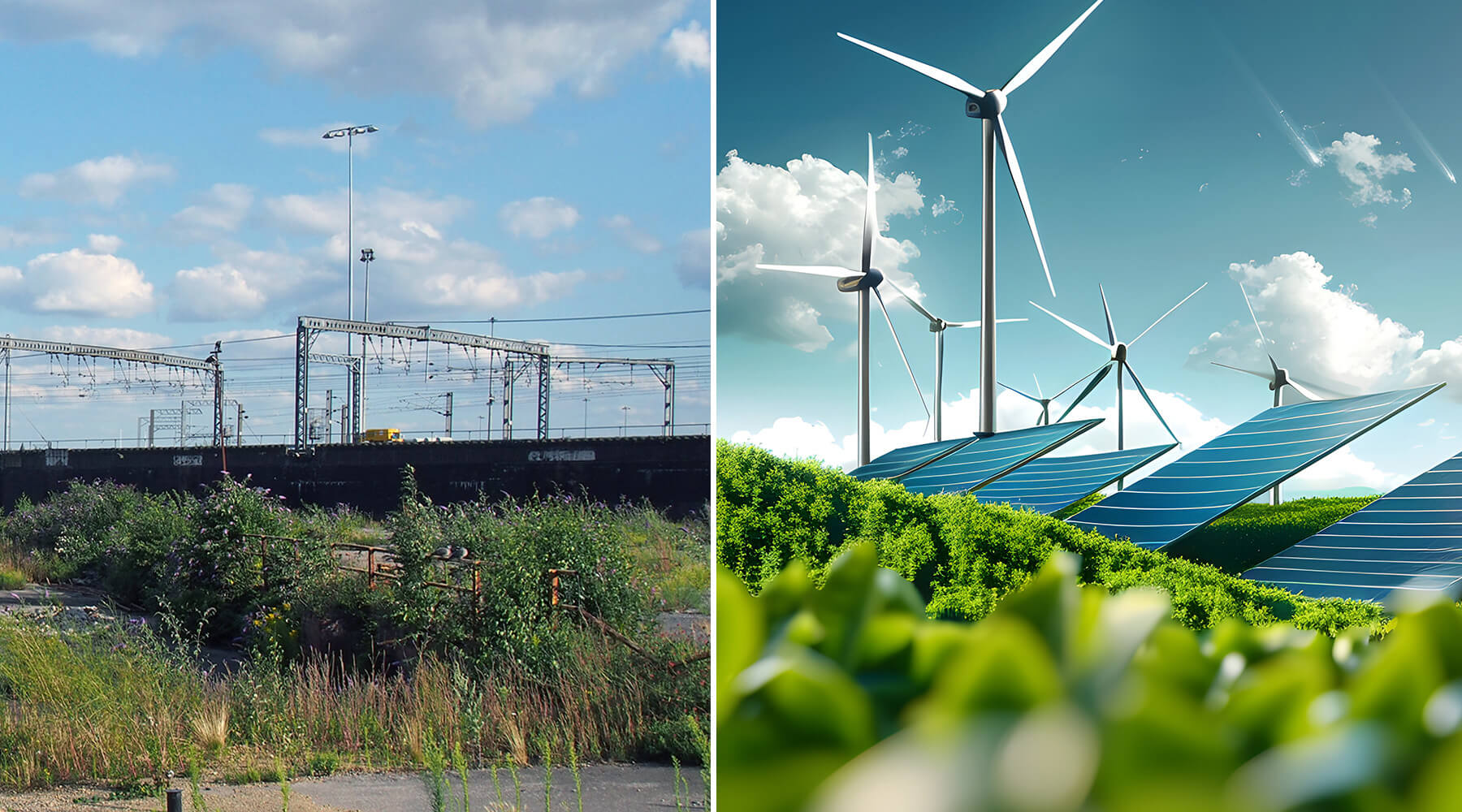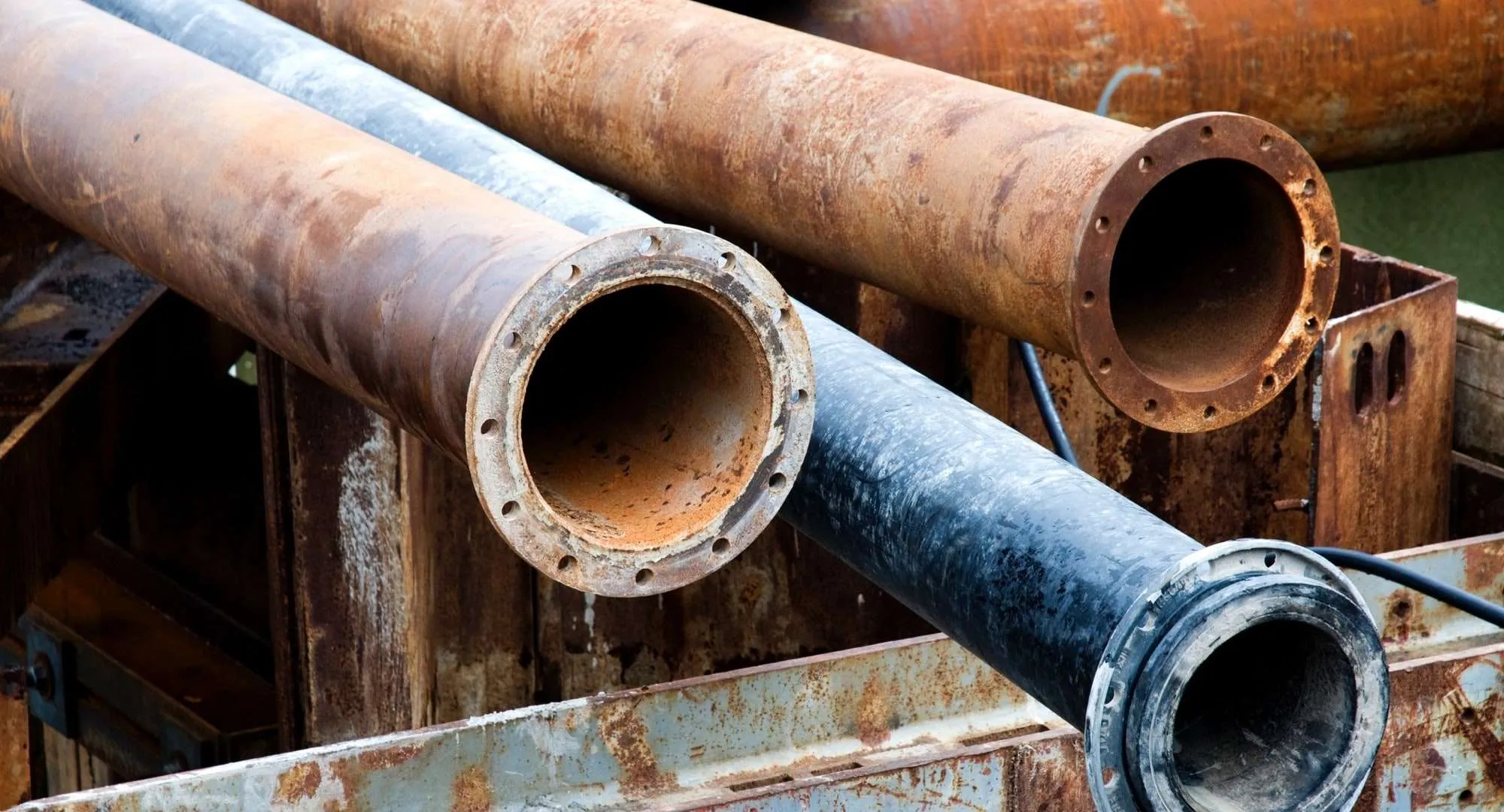Three Key Facts:
-
- A $129 million grant from the US EPA, funded by the Biden-Harris Inflation Reduction Act, will help the state speed the clean up and conversion of brownfield sites into hubs for renewable energy production and storage.
- The program, known as the Renewables Ready Communities, will create good-paying jobs in the fast-growing clean energy sector where Michigan is already a leader.
- The program is expected to drastically reduce carbon pollution by 456 million metric tons through 2050—equivalent to removing 17 million cars from the road—along with helping the state achieve its ambitious goal of 60% renewable energy by 2030 and 100% clean energy by 2040.
-
With a $129 million grant from the U.S. Environmental Protection Agency, Michigan will tackle contaminated brownfield sites and boost clean energy. The grant provides incentives and technical assistance to local and Tribal governments for siting, zoning, and permitting of renewable energy, and will create the Brownfields Renewable Energy Pilot Program to encourage clean energy projects on brownfields. Michigan is one of only 25 grants awarded nationally out of 300 applicants.
A brownfield site is a former industrial or commercial site where future use is affected by environmental contamination. Converting these sites to the production of renewable energy is a double-win that will help Michigan to achieve its ambitious clean energy goals.
“We have a goal of 60% renewable energy by 2030 and then 100% clean energy by 2040, and the only way we get there is if we can site more renewables,” Michigan Department of Environment, Great Lakes, and Energy (EGLE) Director Phil Roos said. “This is a chance to jump start that, and I think a big win is brownfield sites. They’re just sitting there.”
In a statement announcing the award, Governor Gretchen Whitmer said, “Michigan is committed to leading the future of clean energy so we can drive down utility costs for families, create good-paying jobs, and grow our advanced manufacturing economy…Together, we can install more solar panels and wind turbines using well-paid American workers.”
Michigan is already a Midwest leader in the clean energy sector, with nearly 128,000 clean energy workers, the sixth highest in the nation. According to the 2024 Clean Jobs America Report, the state’s clean energy sector grew at nearly twice the rate of the overall economy. The Michigan League of Conservation Voters says, “This new funding will accelerate this important part of our economy, creating good jobs for Michiganders.”
The state expects the Renewables Ready Communities program to cut 77 million metric tons of carbon pollution from 2025-2030—equivalent to removing 17 million cars from the road. By 2050, it will cut carbon by 456 million metric tons, which would be like removing nearly 100 million cars from the road.
The initiative aims to generate 16,475 megawatts of wind and solar power – enough to supply over 3 million homes – and 743 megawatts of energy storage. Beyond these renewable energy projects, the program will also focus on developing workforce programs that create job opportunities for residents in low-income and underserved communities.
These communities, as the Climate and Economic Justice Screening Tool (CEJST) mapping tool shows, are often found in Michigan’s urban areas, but many are also located in rural areas across the state. The program will also offer technical assistance to these communities and invest at least $10 million in incentives for projects benefitting Tribal communities.
The funding is being provided through the USEPA’s Climate Pollution Reduction Grant program, part of the Biden-Harris administration’s Inflation Reduction Act. Erin Newman, Climate Change Mitigation Coordinator for the EPA’s Region 5, said that Michigan was well-suited to win the award. “Michigan already had their climate plan that they put together, and the groundwork that laid for this project was really instrumental to them being successful,” he said. “In order to meet the ambitious goal that they set, they needed this type of catalyst.”





